Top 10 Highest Currencies in Africa (2020) – Ever since the advent of legal tender in the form of paper or polymer notes and ditching the old trade by barter system, currencies have continued to remain a primal factor in analyzing the strength of the economies of nations across the globe.
When the exchange rate of a nation fluctuates every now and then, the economy of that nation suffers terribly for it.
It degrades the value of the currency.
Any bilateral trade relationship that the country engages in, it will be the one spending more.
It’s citizens trying to emmigrate will only get to their choice country and discover that the value of their currency can only afford peanuts.
The toll this instability of exchange rates will take on a country is really lamentable.
There will be no consistent price tag for commodities imported due to fluctuations of the currency on the foreign exchange market.
Also, the citizens will experience a hike in almost every commodity imported.
Exploitations on the plummeting economy can not also be ruled out entirely.
Some African nations have been able to maintain an appreciable level of stability in their currency.
For the value of a currency to be high, it invariably means the economy of that nation is stable and thriving.
We present to you, the Top 10 Highest Currencies In Africa
Libyan Dinar (1 USD – 0.77 LYD)
With an economy hinged on oil which accounts for 95% of the nation’s total export earnings and 60% of it’s GDP, Libya sits at the top with the most stable currency in Africa.
Although ravaged by war, it’s standard of living is not so bad as well it’s oil sector.
Compared to Nigeria, the continent’s largest economy, One Libyan Dinar goes for about a staggering 225 Nigerian naira.
Tunisian Dinar (1USD – 2.3 TND)
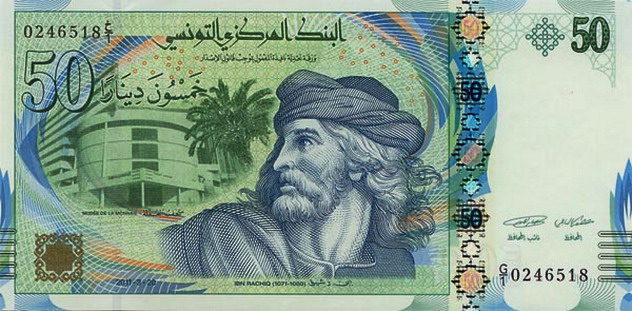 This North African nation has a diversified economy based on phosphate, oil, car parts manufacturing, tourism and agro-food products.
This North African nation has a diversified economy based on phosphate, oil, car parts manufacturing, tourism and agro-food products.
Average living standard here is relatively on the prime side with a high minimum wage.
The economy is rock stable, thriving and with a small populace, resources are well distributed.
More interestingly, is it’s unemployment rate is stooping so low at 14%.
Ghanaian Cedis (1USD – 4.75 CEDI)
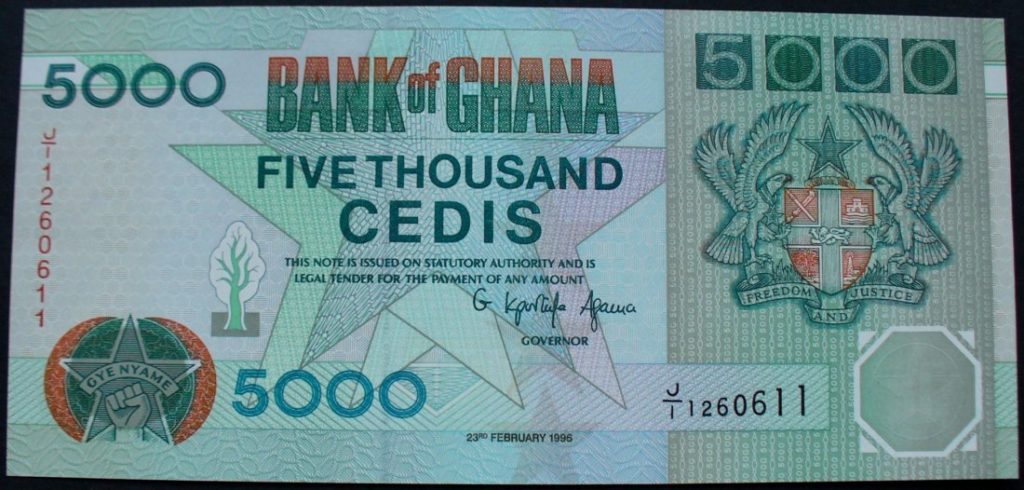 Out of the West African sub region, comes the gold coast with the strongest currency in it’s region.
Out of the West African sub region, comes the gold coast with the strongest currency in it’s region.
The nation has a stable diversified economy based on rich hydrocarbon, tourism, solid minerals, automobiles among others.
It’s economy rose to prominence in the days of the gold boom and the cocoa era.
The flourishing economy of this nation has steadied it’s currency and made it a promising nation in the global platform.
In 2011, the country’s economy was ranked as the fastest developing in the world.
It’s currency is the third in Africa and the first in West Africa.
Sudanese Pound (1 USD – 6.41 SDG)
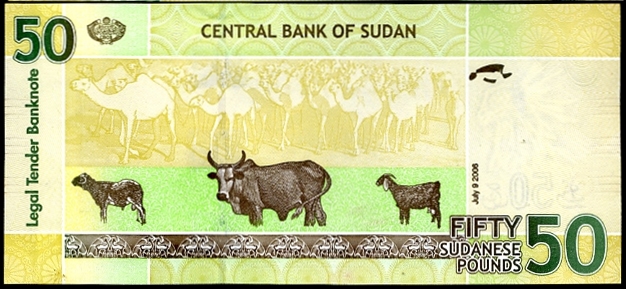 Another North African nation that has gone through series of wars and divisions but yet still manages to maintain a stable currency exchange rate.
Another North African nation that has gone through series of wars and divisions but yet still manages to maintain a stable currency exchange rate.
Sudan’s economy is yet still afloat despite the split that saw South Sudan gaining their independence.
Sudan as a nation is oil rich and it’s currency is ranked fourth in Africa due to its consistency in foreign exchange market over time.
1 Sudanese pounds is equal to 49 Naira in Nigeria.
Moroccan Diharm (1 USD – 9.65 Mad)
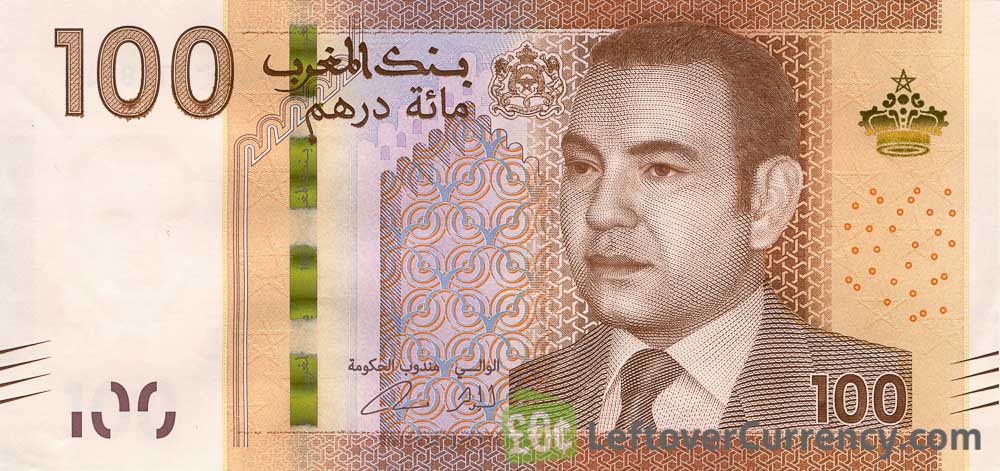 The conservative Islamic caliphate still in North Africa has the 5th largest economy in the continent and also the 5th highest currency in Africa.
The conservative Islamic caliphate still in North Africa has the 5th largest economy in the continent and also the 5th highest currency in Africa.
It runs a liberal economy with the capitalist gaining major control over the economy.
Some of it’s industries include mining, tourism, automobiles, construction and textiles.
A flourishing economy has made it’s GDP stand at an impressive $148.1 billion.
1 Mad equates to about 33Naira.
Botswana Pula (1 USD – 10.7 Pula)
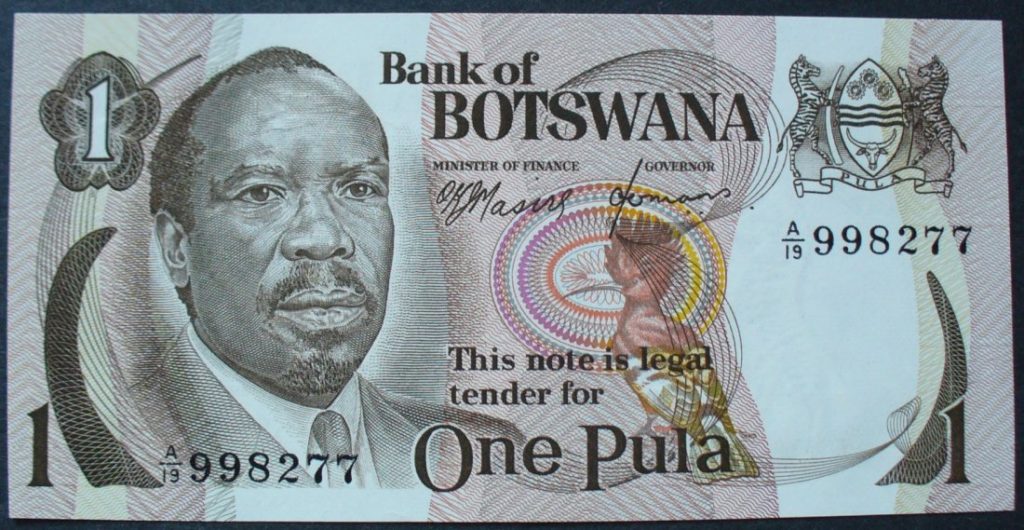 From the Southern Part of Africa comes Botswana as the first in terms of a stable currency.
From the Southern Part of Africa comes Botswana as the first in terms of a stable currency.
It holds a record for retaining one of the world’s longest economic boom streak.
The economy growth rate of Botswana is fast paced and fairly consistent.
It’s economy depends on agriculture, copper, diamonds, textiles and livestocks.
This South African nation is a major key player in the economy of it’s sub region and it’s houses the South African development community corporate headquarters.
Zambian Kwacha (1 USD – 10.0 ZMK)
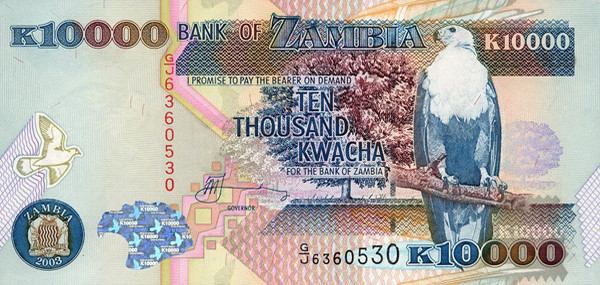 This East African nation used to pride itself as the largest producer of copper in the continent before it’s neighbors, the Democratic Republic of Congo eyed the title with green eyes and stole it.
This East African nation used to pride itself as the largest producer of copper in the continent before it’s neighbors, the Democratic Republic of Congo eyed the title with green eyes and stole it.
Zambian’s economy has always been anchored on copper which is it’s major source of export earnings.
Although this landlocked country has been characterized by economic woes and fluctuations in it’s price of commodities, it still finds itself on the top 10 list.
South African Rand (1 USD – 13.4 Rand)
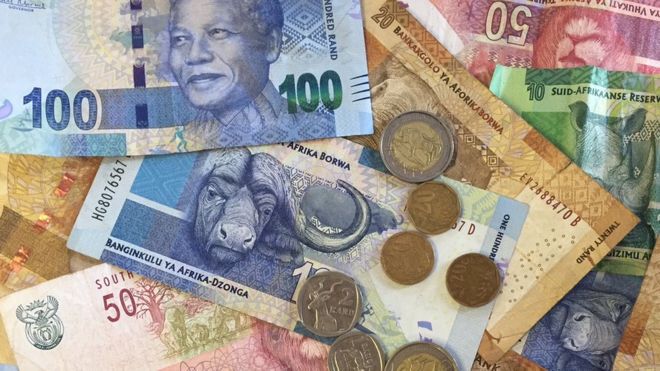 Arguably, the most developed democratic state in the African continent, South Africa comes 8th in the strength of African currencies.
Arguably, the most developed democratic state in the African continent, South Africa comes 8th in the strength of African currencies.
South Africa has the second largest economy in Africa, trailing behind Nigeria.
It’s has a very vibrant and competitive economy and is the only African member of the G-20 economic group.
It’s economy is diversified, comprising of mining (41% gold in the world and 90% platinum), automobiles assembly, textiles, agriculture, gold, fertilizer.
Eritrean Nafka (1 USD – 15.0 ERN)
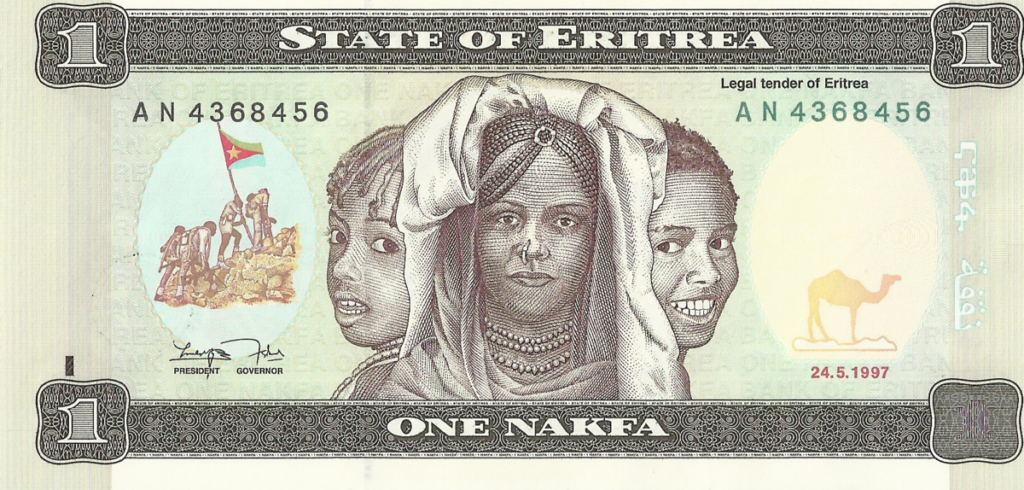 This remote country in the horn of Africa is quite small in economy, land area and population.
This remote country in the horn of Africa is quite small in economy, land area and population.
After parting ways with Ethiopia, it still shares the same currency with the old nation.
Eritrea has a stable currency from a not too lively economy.
It’s currency is the 9th strongest in Africa.
Egyptian Pounds (1 USD – 17.8 EGP)
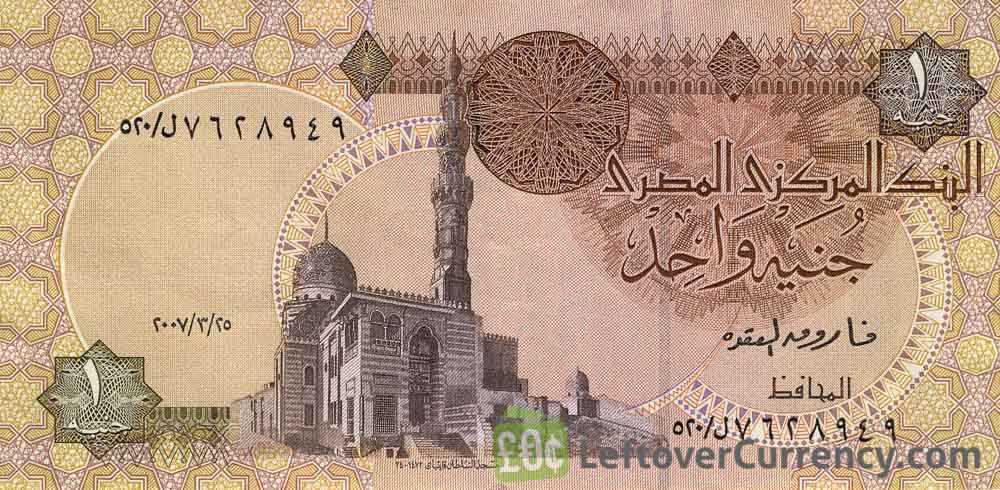 Famous as the cradle of civilization and home to the ancient pyramids, Egypt stands at number ten.
Famous as the cradle of civilization and home to the ancient pyramids, Egypt stands at number ten.
The nation is Africa’s third largest economy and one of the most developed in the continent.
It’s capital Cairo is the second largest city in Africa behind Lagos, Nigeria.
Cairo is an economic and industrial hub, bustling with activities.
The currency of the Pharaoh’s is fairly stable.
Below is the list of Top 10 Highest Currencies in Africa (2020)
- Libyan Dinar (1 USD – 0.77 LYD)
- Tunisian Dinar (1USD – 2.3 TND)
- Ghanaian Cedis (1USD – 4.75 CEDI)
- Sudanese Pound (1 USD – 6.41 SDG)
- Moroccan Diharm (1 USD – 9.65 Mad)
- Botswana Pula (1 USD – 10.7 Pula)
- Zambian Kwacha (1 USD – 10.0 ZMK)
- South African Rand (1 USD – 13.4 Rand)
- Eritrean Nafka (1 USD – 15.0 ERN)
- Egyptian Pounds (1 USD – 17.8 EGP)

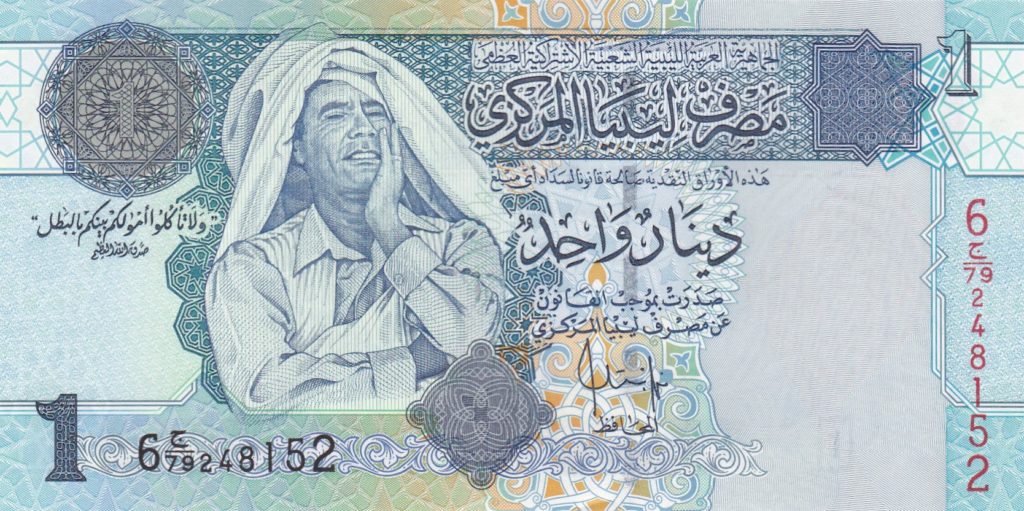
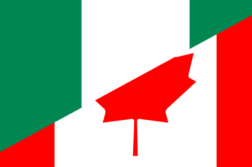


Discussion1 Comment
The presented currencies are popular and common in Africa! The currency of the almost all counties is fairly stable.